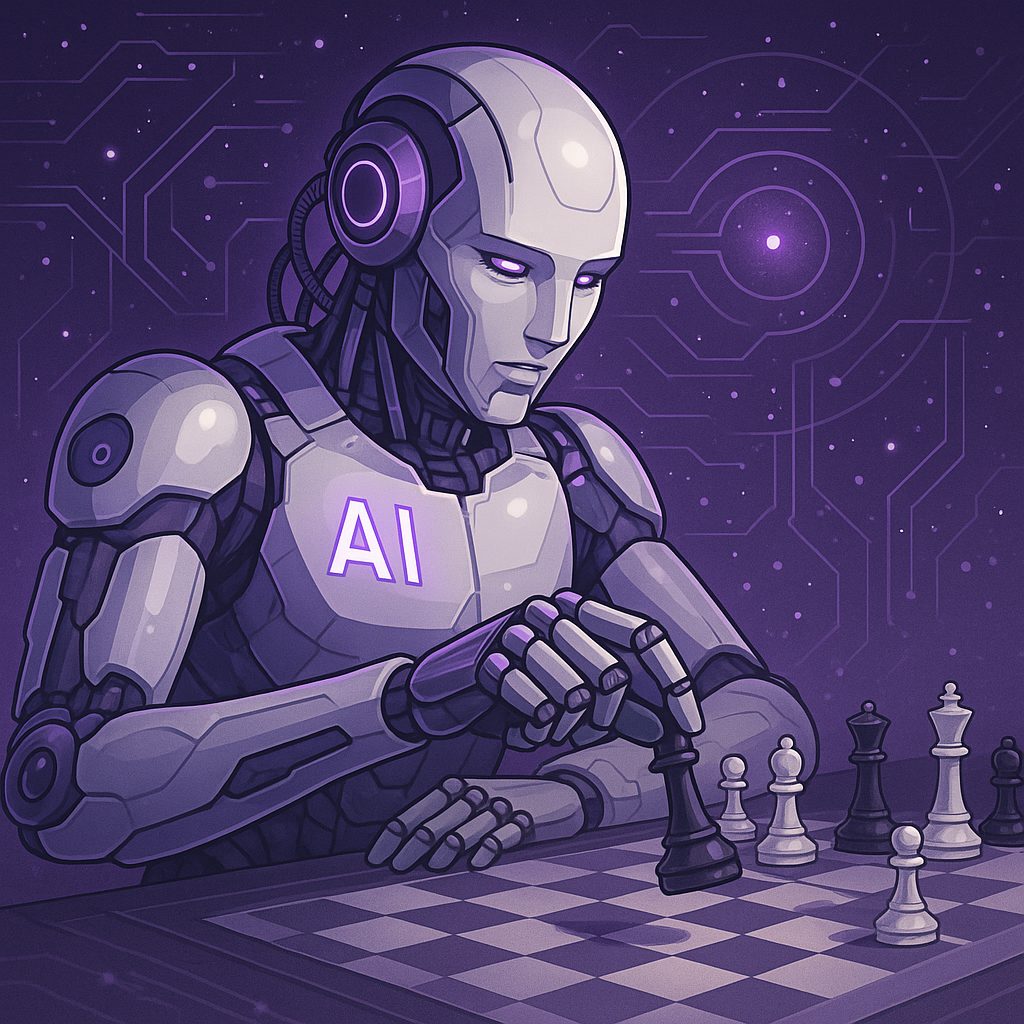How We’re Using AI To Improve Services & Content Creation
Since the emergence of AI and the introduction of ChatGPT in November of 2022 we have seen many changes to our industry particularly with content generation across the web. Prior to ChatGPT we were using content generation tools that did a half-baked job of creating content and required much more editing than they do now. prior to that we worked with content writers who probably at that time were using primitive content generation tools as well.
Now we are using AI to draft a lot of our content and edit content based on complex prompts with a series of facts and parameters which we input. We are also using tools – whether you consider them AI or not – to check for the characteristics of the writing to determine how human they are perceived to be or not and to see if they will pass AI tests.
Although our research has stated that Google will rank AI generated content, if it is appropriate and if it is valid and not too much “waffle” content. One of the early content generators I experimented with was called a “waffle generator” and it would take some input and jumble them up with common phrases and try to spin them into content, all while doing an extremely poor job. But the concept was young and clearly contributed to what content generation tools have evolved into today.
For the purposes of these articles, I have used a dictation tool to write quickly (then edited) and will use prompts to generate the article meta data and to generate the images – which I think is just as amazing as text generation, if not more so, and will give AI credit whenever necessary, yes I do say please to AI, but I also do to my dog so go figure… AI image generation is particularly remarkable to me as it reminds me of when I was around 10 or 12 years old and had waited overnight for an experimental ray tracing app (in DOS) to render a red sphere with a light on it and a shadow.
Prompt: “Please make me an image of AI playing chess with a futuristic theme using purple, white and grey tones.“
Once the image was generated I was not surprised that it looked like the terminator, so I asked AI to “Recreate the image, but make it happier”, interesting how the tones are also lighter.


I am trying to have a perspective that clearly separates AI from automation because since we’ve been using computers there have been complex logic sequences, ultimately automations, that have made our lives easier. Modern automation flows from make.com, zapier.com, tidio.com and other platforms are reminiscent of some of the original workflows being designed in Microsoft SQL server data transformation services and other products.
Automated workflows, automated tasks, triggers and integrations (API or otherwise) across multiple platforms to all effectively do work for us is not theoretically AI in my opinion because it is not doing any of the thinking it is just doing tasks, but can we draw a line between AI and complex math or rounding pi to the 100th decimal place? Consider a chess bot, which I have played against and they can beat virtually any human player. Chess bots have been around for a long time including notable ones such as Deep Blue in 1995, Stockfish in 2008 and Houdini in 2010, with the first being developed by IBM in 1957 which took 8 minutes per move, a far cry from the speed at which ChatGPT spits out content today.
The top 6 ways (in no specific order) that we have been incorporating AI in the past couple of years are as follows, and
Over the next few months I am going to dive deeper into several topics explaining how we have been incorporating AI in our business and leveraging it to provide value for our client, such as:
- Content Research/Drafting
- Video Scripts, AI Voiceover
- Website Chat Bots
- Coding: Writing Code, Code Review/Troubleshooting
- Code Reverse Engineering
- Google Ads Generation
If you are interested to discuss or want more information on any of the above, feel free to reach out!
Alex

